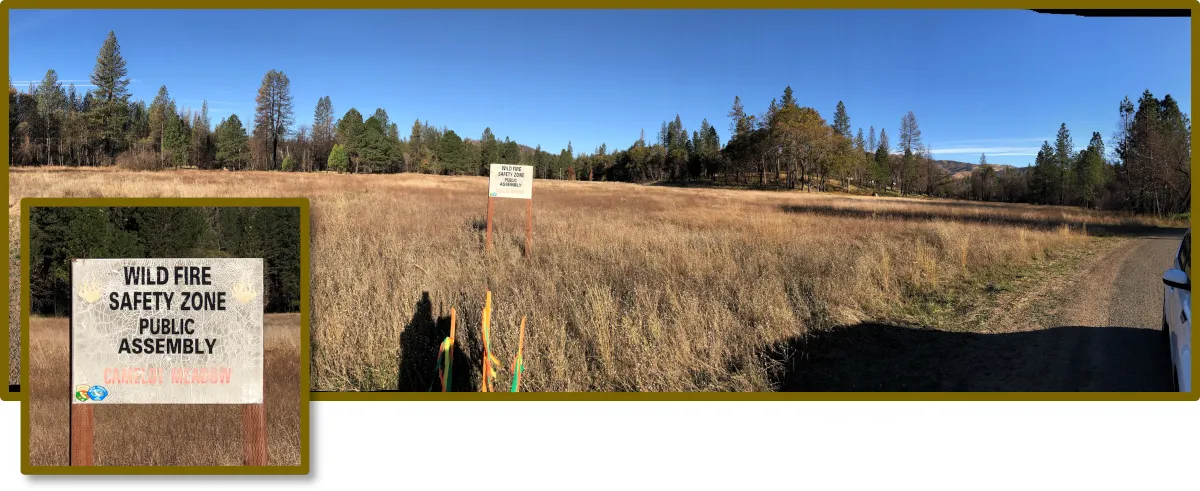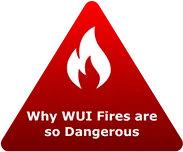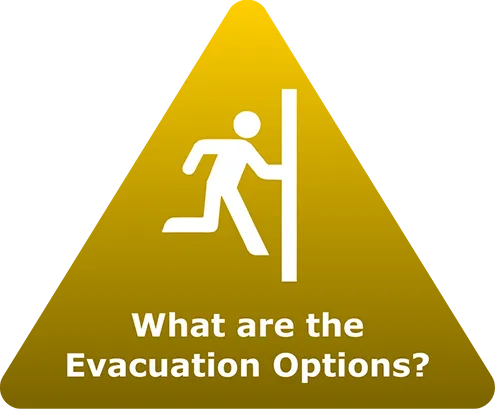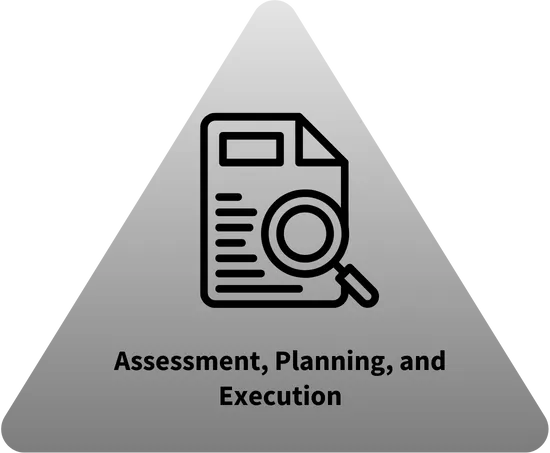
WUI Fire Evacuation and Sheltering Considerations — Assessment Planning and Execution
TEMPORARY REFUGE AREAS
A preplanned area where firefighters can immediately take refuge for temporary shelter and short-term relief without using a fire shelter in the event that emergency egress to an established Safety Zone is compromised...Often a Temporary Refuge Area (TRA) is more accessible [than a Safety Zone] in the WUI environment. A TRA will provide temporary shelter and short-term relief from an approaching fire without the use of a fire shelter and allow the responders to develop an alternate plan to safely survive the increase in fire behavior.
As the TRA concept is applied to civilian evacuations, rather than firefighter operations, the use of TRAs is often ad hoc and directed by first responders when there are no other options.
While TRAs can provide a temporary reduction in fire exposures, they may not meet the more stringent exposure reduction achieved by Safety Zones and will require a subsequent action. TRAs may require fire suppression or defensive action to maintain safety; this can be difficult to ensure in WUI fire incidents due to potentially high fire exposure intensity, blocked access, and the dispersion and extension of resources. Knowing what to do and when will likely rely on firefighter experience and situational awareness communicated through the incident command structure. Learn more...
SAFETY ZONES
A safety zone is a pre-planned area of sufficient size and suitable location that is expected to protect personnel and equipment from known hazards without using fire shelters.
The concept of a safety zone was developed for wildland fire fighters. Wildfire safety zones are large open areas in wildland settings intended to provide protection to wildland fire fighters without the use of fire shelters. As a rule of thumb, the necessary size of a safety zone is determined by the expected flame height from the surrounding fuels. Learn more...
In the context of WUI communities and wildland fire/WUI fires safety zones are defined here as areas located inside fire perimeter with ember and smoke exposures but no hazardous fire exposures. Safety zones are large open spaces with the usable area in the center, away from the edges and surrounding fuels. To be readily available safety zones should have minimal fuel present (e.g., gravel or paved/asphalt). The absence of fuels withing the safety zone will ensure that it will be immediately available. Presence of fuel can delay the use of a safety zone when it is needed most, potentially compromising life safety.
There are currently no standards for safety zones for civilian use.

Credit: NIST
Some communities have designated large open spaces as safety zones to use as an alternate to evacuation. How these spaces are identified and used is not standardized.
Additional resources about wildland fire safety zones.
US Forest Service research paper
US Forest Service “Safe Separation Distance Evaluator”



